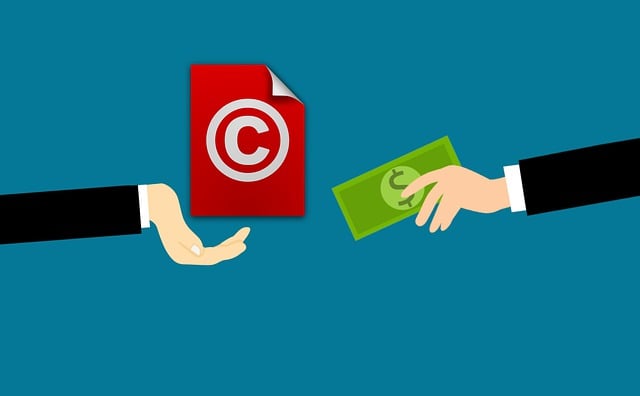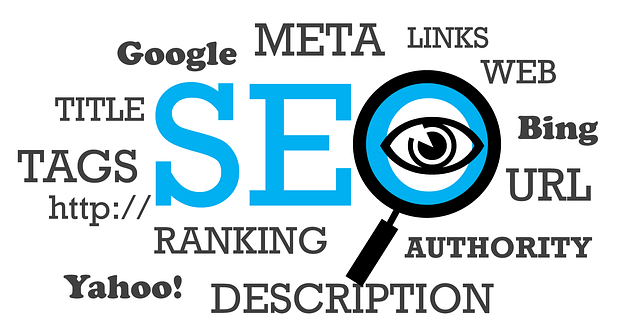Ponzi scam? Scammed by another fake token?

Ponzi scam? Scammed by another fake token?
Imagine waking up one day to find that your investment has vanished into thin air, like a magician’s rabbit. Welcome to the world of Ponzi scams and fake tokens, where dreams of quick riches can turn into nightmares faster than you can say “blockchain.” In 2021 alone, crypto scams raked in over $14 billion, according to Chainalysis. That’s a staggering amount, and it’s only getting worse. So, how do you protect yourself from becoming the next victim?
Understanding Ponzi Scams
A Ponzi scam is like a pyramid scheme’s less glamorous cousin. It promises high returns with little risk, but the only thing it delivers is a one-way ticket to financial ruin. The scheme relies on new investors’ money to pay returns to earlier investors. When the flow of new money slows, the whole thing collapses. Think of it as a game of musical chairs, where the music stops, and you’re left standing without a seat.
Red Flags to Watch For
Spotting a Ponzi scheme can be tricky, but there are telltale signs. Here’s what to look out for:
- Guaranteed Returns: If it sounds too good to be true, it probably is. No investment is without risk.
- Complex Strategies: If you can’t understand how the investment works, run for the hills.
- Pressure to Invest Quickly: Scammers often create a sense of urgency. Don’t fall for it!
- Lack of Transparency: If the company is secretive about its operations, that’s a huge red flag.
Fake Tokens: The New Frontier of Scams
With the rise of cryptocurrencies, fake tokens have become the new playground for scammers. These tokens often have flashy names and promises of revolutionary technology. But behind the glitzy facade lies a dark truth. In 2021, the infamous Squid Game token skyrocketed in value before its creators pulled the rug out, leaving investors with nothing. It’s like buying a ticket to a concert only to find out it’s a cover band in a garage.
How to Spot a Fake Token
Identifying a fake token can save you from financial heartbreak. Here are some tips:
- Check the Whitepaper: A legitimate token will have a detailed whitepaper explaining its purpose and technology.
- Research the Team: Look for transparency. If the team is anonymous, be cautious.
- Community Engagement: A strong community can be a good sign. Check forums and social media for discussions.
- Market Activity: If a token has no trading volume or liquidity, it’s likely a scam.
Real-Life Examples of Scams
Let’s dive into some infamous scams that left investors reeling:
- Bernie Madoff: The king of Ponzi schemes, Madoff defrauded investors of $65 billion over decades. His scheme was so elaborate that even savvy investors were fooled.
- BitConnect: This crypto lending platform promised sky-high returns but collapsed in 2018, leaving investors with losses estimated at $1 billion.
- OneCoin: Marketed as the next Bitcoin, OneCoin was a massive scam that defrauded investors of $4.4 billion before its leaders were arrested.
Protecting Yourself from Scams
Now that you know the signs, how can you protect yourself? Here are some actionable tips:
- Do Your Research: Always investigate before investing. Knowledge is your best defense.
- Diversify Your Investments: Don’t put all your eggs in one basket. Spread your investments to minimize risk.
- Consult Experts: If in doubt, seek advice from financial professionals. They can provide valuable insights.
- Stay Informed: Keep up with the latest news in the crypto world. Awareness can help you spot potential scams.
Conclusion
Ponzi scams and fake tokens are like wolves in sheep’s clothing, lurking in the shadows of the investment world. By understanding the signs and doing your homework, you can protect yourself from becoming a victim. Remember, if it sounds too good to be true, it probably is. Stay vigilant, stay informed, and keep your hard-earned money safe! 🚀
Now, take a look at a real business making 7-Figures dollars yearly!



